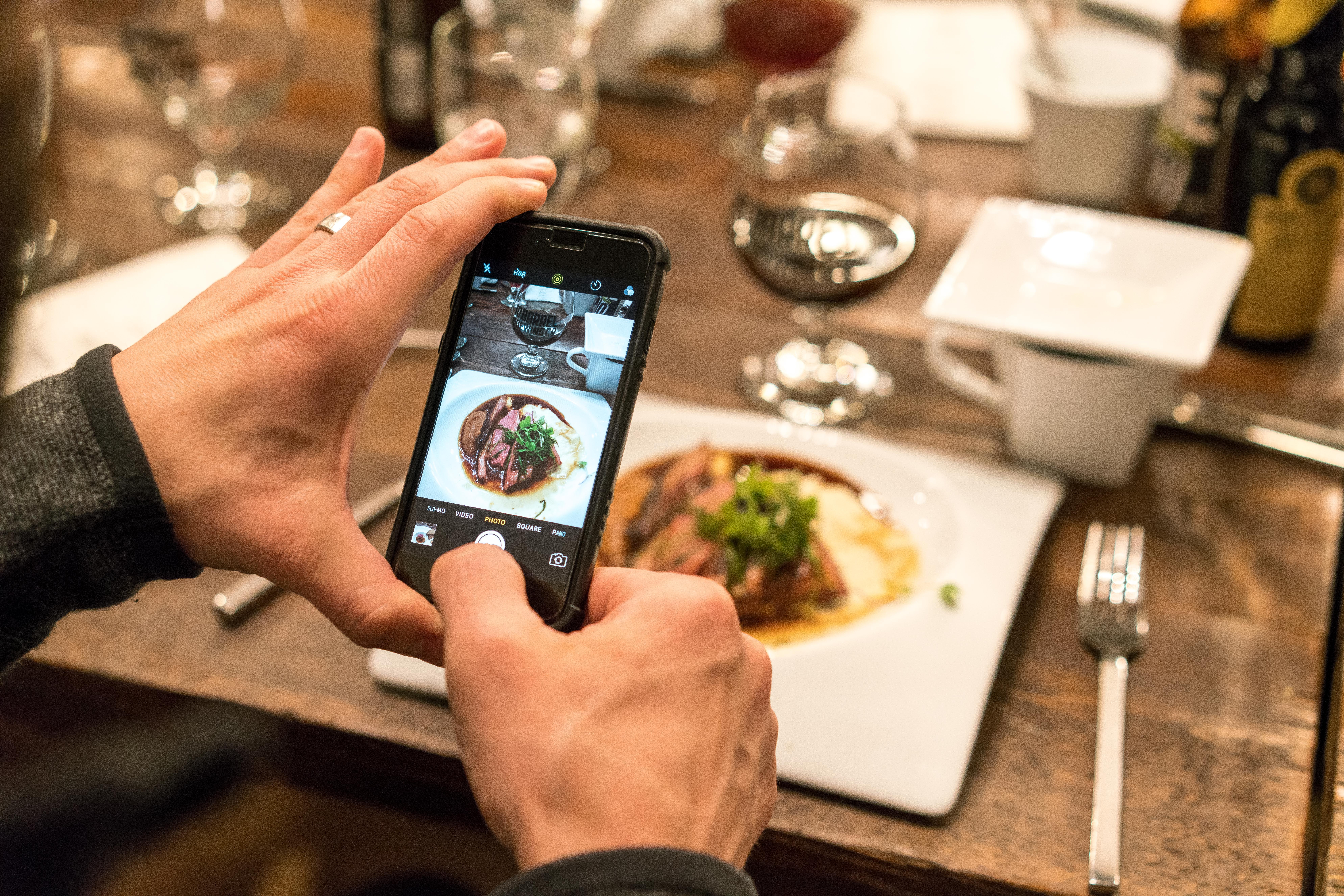The Social DIY of UGC
In the ever-changing social media landscape, new strategies to capture and retain customers are abundant. A few years ago it was the “pivot to video,” in which major media companies opted for short-form video clips to disseminate news across Facebook and Twitter. Then came the “influencer” boom as a new method of selling products (and a new career path for the trendiest fans of the ‘gram) emerged. Lately, UGC content has emerged as a viable social strategy, and this is one trend that shouldn’t be ignored.
UGC stands for “user generated content,” and is, at its core, exactly what it sounds like: the collection and use of images, text, or videos made by people, rather than by brands. This might mean tapping into content from those aforementioned influencers, but it can really come from anywhere – and, like the most photogenic acai bowl, the best UGC is organic.
Many social media movements follow a pendulum trajectory, in which a trend that swings dramatically will often re-center itself over time or over-correct. While, for some time, social media seemed focused on immaculately curated content, there’s been a recent shift to more “authentic” posts. (Recent months, in particular, have really leveled the playing field. How many celebs have we seen struggle with a Zoom call from their closet while their kid knocks over the breakfast downstairs?) This move away from the influencer structure could be due in part to an oversaturation of the market – most recent stats estimate that over a half a million accounts on Instagram fall into the “influencer” category. It’s become much harder to carve out a niche in this space, and many casual users are gravitating back towards everyday content.
UGC taps right into that same sentiment of authenticity – often, exploring this kind of content is much more valuable for guests considering a hotel or restaurant to see how people just like them may have enjoyed it than seeing what the brand itself would show to the world. After all, almost 70% of brands say they curate content with the primary goal of “selling” more effectively. But when the brands put this kind of user-provided content front and center, people are able to self-insert into that experience and relate to the more personal approach.
Similarly, utilizing UGC helps build trust with potential customers. Everyone knows fancy lighting and digital fixes can make things look a whole lot better than they actually are – and while many influencers have some go-to tricks of their own, there’s still a difference between an individual and a corporate voice. One study from Bazaarvoice shared that 44% of millennials would not make a major electronics purchase without seeing user-generated content around the brand first. With this strategy, there can also be mutual benefits: brands end up with a collection of great images to utilize, and individual users get their moment in the spotlight on larger accounts. Ultimately, the social pendulum will continue to swing, and while it’s unclear where it might take us all next, it seems the best strategy in the meantime is just to keep shooting that best shot.

